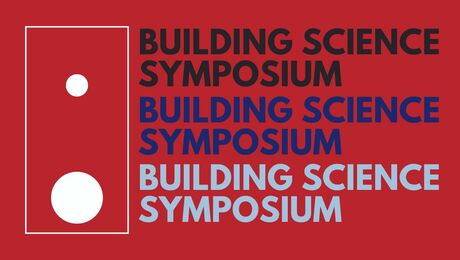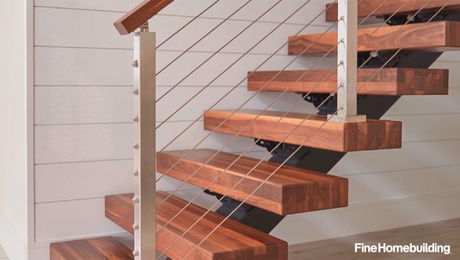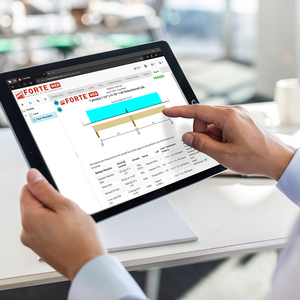While helping out at a Habitat for Humanity build I noticd moisture behind the Tyvek while fiber cement siding was being installed. nothing on the inside was completed such as insulation or drywall.
What effect, if any, will this trapped moisture have on the house after the insulation (blown in) and drywall are installed?


















Replies
nk
Strange things happen during construction.
Answering a couple questions might help in a decision on the potential problems.
Since it's behind the housewrap, is there a source of water entry from the exterior? or is this a result of condensation where warm moist air from the inside is making it's way out the sheeting and producing moisture where it hits the cold tyvek?
Is this a slab on grade home with the slab still giving off moisture?
Is there propane temporary heat being used inside?
and of course, the usual-where is the build?
The tyvek was put on the house before the roof was on. Also, the tyvek is only on the first floor, The source of moisture could be a result of the roof not covered , or the moisture being drawn towards the outside after a rain.
The house is in Ri and iis built on a slab.
The house is damp, both from rain and because building materials are pretty wet initially. It's probably been a little chilly recently, so moisture "driving" through the sheathing condenses on the backside of the housewrap.
Once the house is insulated and a proper vapor retarder is in place (and the house dries out a bit) the moisture "drive" will be reduced about 100-fold and there will be no condensation. In addition, the siding will provide significant insulation value (relative to the thermal equations involved here), reducing the tendency for moisture to condense, even before the house is insulated.
Agree with the above
You can't worry about moisture behind the Tyvek at this point. Get the roof on, get the windows and siding installed (along with the all-important flashing details), get the interior finished, then wait a year or two while construction moisture dissipates.
In the long run, it is worth monitoring humidity inside the building, and paying attention to ventilation requirements.
And, probably worth mentioning, it's a good idea to install fiber cement siding over a rainscreen. Your walls will last longer and dry much more easily if you do.